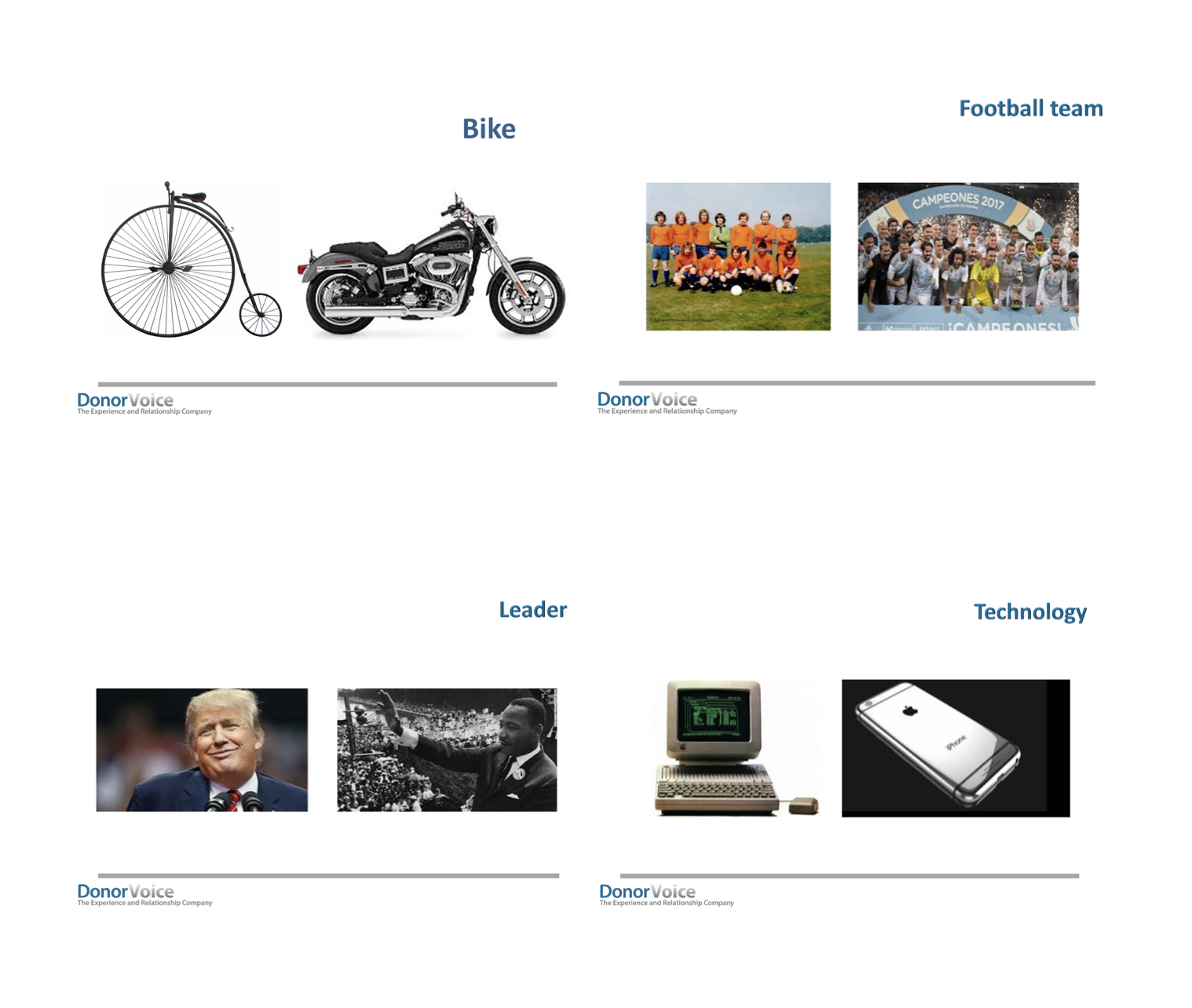How to get from Good Intentions to a Great Supporter experience – and retention
- Written by
- Charlie Hulme
- Added
- November 23, 2017
The entire sector is, once again, talking about journeys. However, it's depressing that. although time has moved on, our thinking and ability to raise more money and do more hasn’t.
We use all the right words like ‘commitment’, ‘relationship’, etc. But, as is proved continually at the many and various fundraising conferences, no one has any evidence of these things actually working (unless by ‘working’ we mean spending huge amounts of effort, time and money to maintain and grow attrition and see low to no net growth).
That said, those who’ve got it right have seen extraordinary results, for example:
- Human rights charity – halved year one attrition.
- Conservation charity – conversion +15 per cent, average gift over £10.
- International relief charity – year one supporter retention up 12 points.
- International relief charity – retention up six points with multi-year donors (give-year lifetime value up €300k per 10,000 donors).
- Social services charity – cut solicitation volume in half, increased net revenue (almost as much gross revenue too).
- Health charity quadrupled channel income.
These are all the product of the correct, scientific application of buzz words like ‘commitment’, ‘relationship’, ‘identity’, etc. The danger of course is it’s easy to hear words like these and say ‘yep, that’s what we do’. But as these illustrations show the same words can have very different meanings.

As you may have read in part one, methodologies being used to attempt to crack the code on delivering a better segmentation and supporter experiences are fundamentally flawed. The intention is great. But the reality puts the ‘less’ in ‘useless’.
Your journey to delivering a journey that goes somewhere is contingent on uncovering and acting on three pieces of data that don’t exist on your CRM (and there are no good proxies for them either):
- Supporter commitment (knowing exactly the strength of their relationship and what causes it).
- Supporter identity (knowing exactly why someone supports your cause).
- Supporter experience (knowing exactly what is going on, in the moment, for your supporters. And acting on it both to improve their experience and better manage your fundraisers/agencies)
Again, the challenge with these headings is that it's very easy to read them and feel confident you’re doing them. Jargon that seemingly pertains to these has pervaded, and been practised, for decades. But so have low to no net growth and high supporter attrition.
Clearly success depends on more than faux science and/or simplistic, generic soundbites about being ‘donor-centric’, ‘engagement’, ‘insert another empty conference platitude here’, etc. If it was that easy everyone would be engaged and we’d have seen retention rates and net income increase.
The results listed above prove beyond all doubt that getting a scientific, empirical and applied answer on supporter commitment, identity and experience is the foundation stone of a radically different supporter journey yielding radical increases in performance, value and retention. And that journey is going in a very different direction than the one the rest of the sector is on.
















